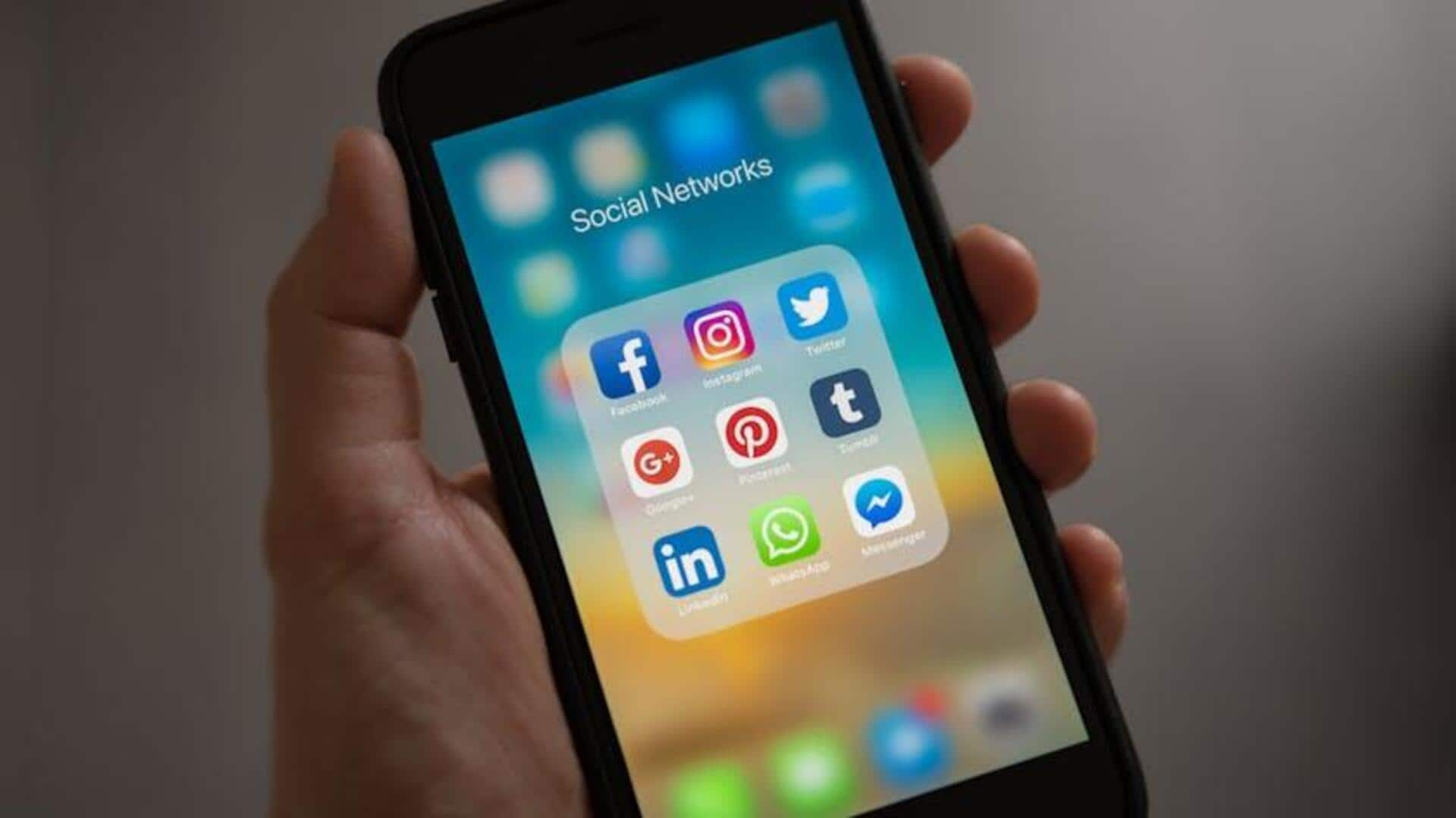
How to protect your smartphone data
What's the story
In today's digital age, protecting smartphone data is important. As we are increasingly dependent on our phones for personal and professional tasks, data security has become a top priority. Encryption settings provide a solid way to protect sensitive information from unwanted access. By converting data into unreadable code, the feature ensures that only authorized users can access it. Here are practical steps to do so.
Full disk
Enable full disk encryption
Full disk encryption is the first step towards securing your smartphone data. It encrypts everything you store on your device, rendering it inaccessible without the correct password or PIN. Most modern-day smartphones have this feature enabled by default, but you should still check its activation in your device's settings. This layer of protection makes sure even if your phone gets lost/stolen, your data stays safe.
Messaging apps
Use encrypted messaging apps
Encrypted messaging apps offer an extra layer of security for your communication. These apps employ end-to-end encryption to make sure that only the sender and recipient can read the messages. Some popular options are Signal and WhatsApp, which automatically encrypt the messages during transmission. Using such an app keeps unauthorized parties from intercepting and reading your private conversations.
Software updates
Regularly update software
Keeping your smartphone's software up-to-date is critical for maintaining strong encryption standards. Manufacturers often release updates patching vulnerabilities and enhancing security features. Regularly updating your device's operating system and apps ensures that any potential weakness gets addressed in a timely manner, minimizing the risk of data breaches.
Passwords & biometrics
Set strong passwords or biometrics
A strong password or biometric authentication provides an additional layer of protection to encrypted data on smartphones. Don't go for easily guessable passwords such as birthdays or simple sequences; go for complex combinations of letters, numbers, and symbols. Or, you can even enable biometric options like fingerprint recognition or facial recognition for quick but secure access to your device.
Secure backup
Backup data securely
Regularly backing up encrypted data prevents loss during device failure or theft. Cloud services with end-to-end encryption, such as Google's advanced protection program for Drive, ensure that your data remains safe. This way, you can keep your data confidential without compromising on usability. It follows industry standards for privacy and security without failing to work.